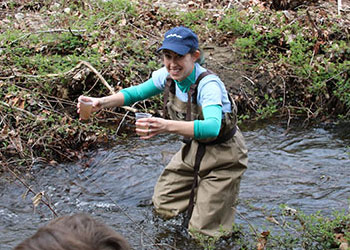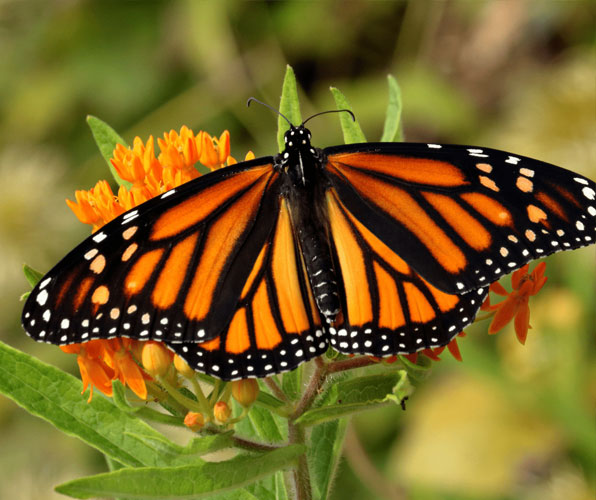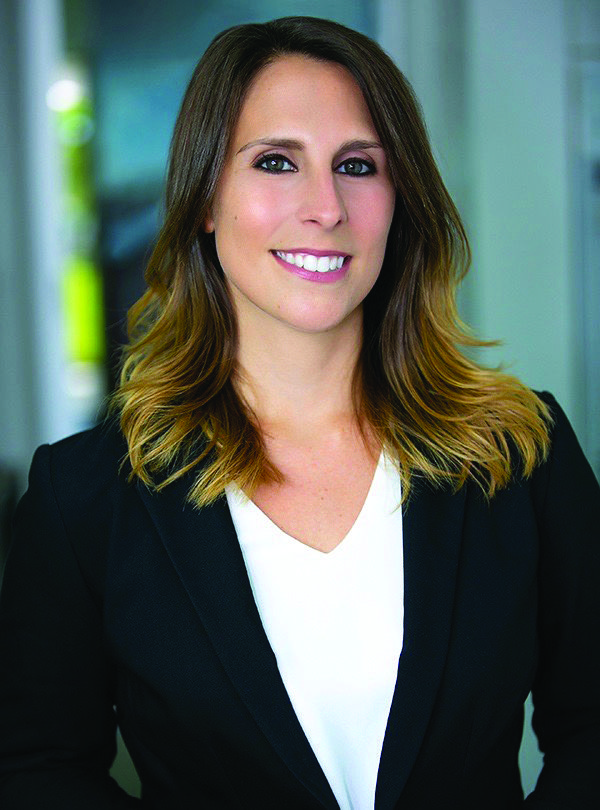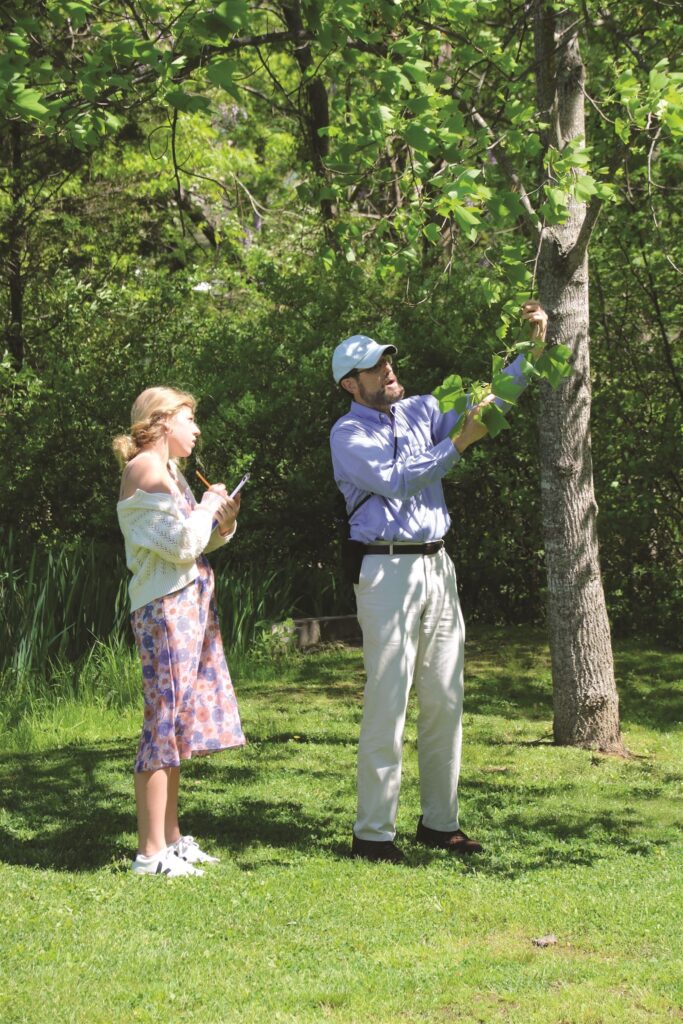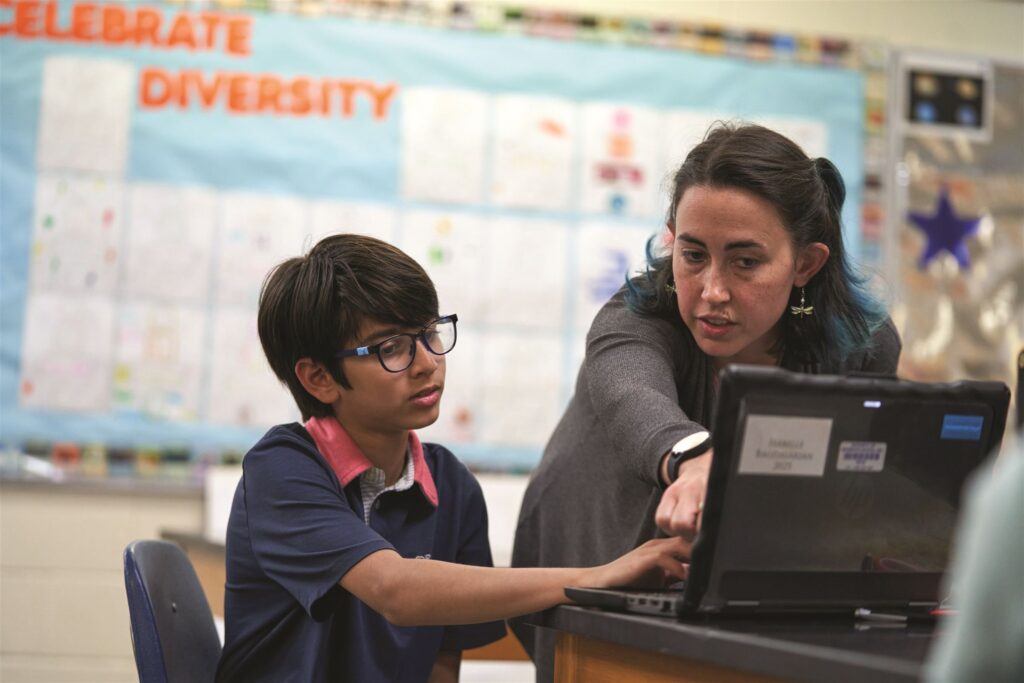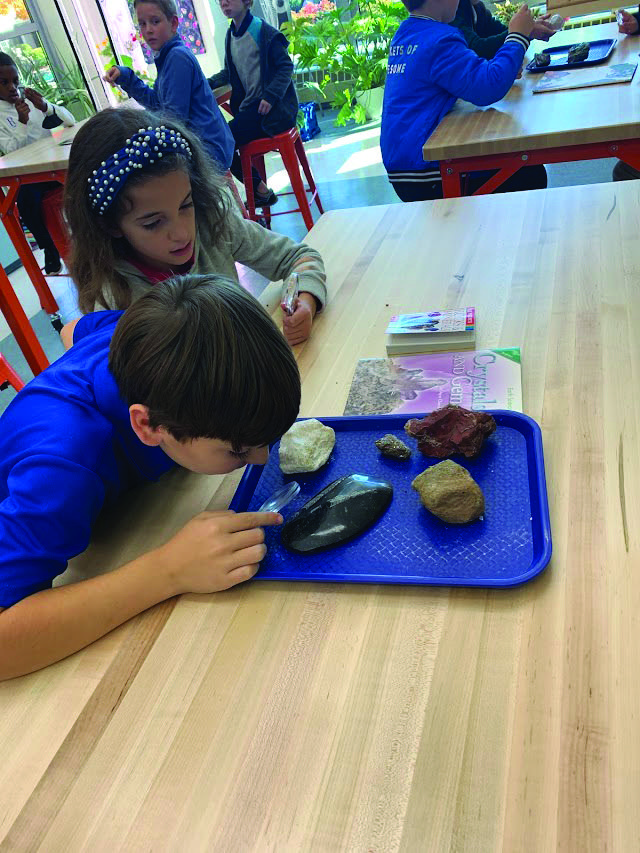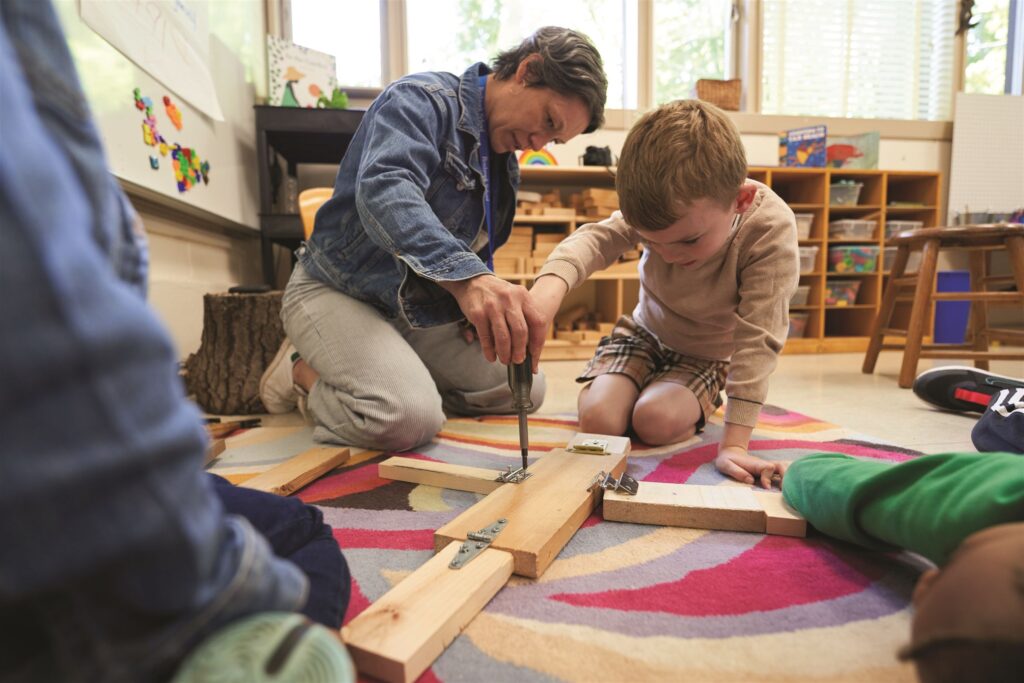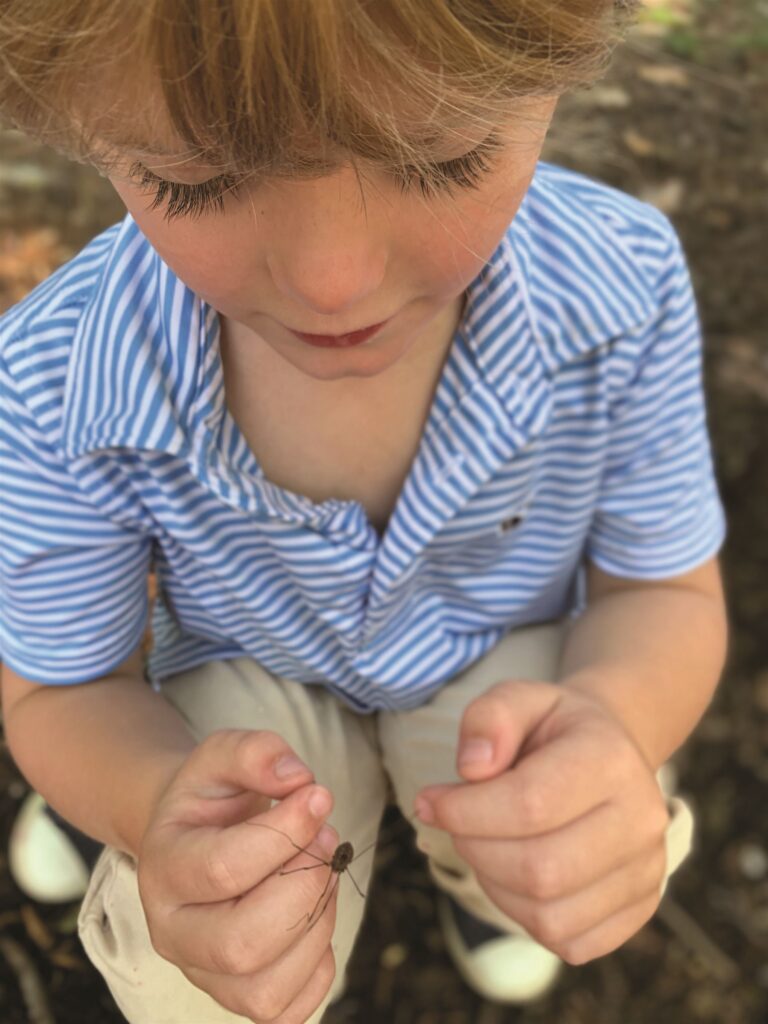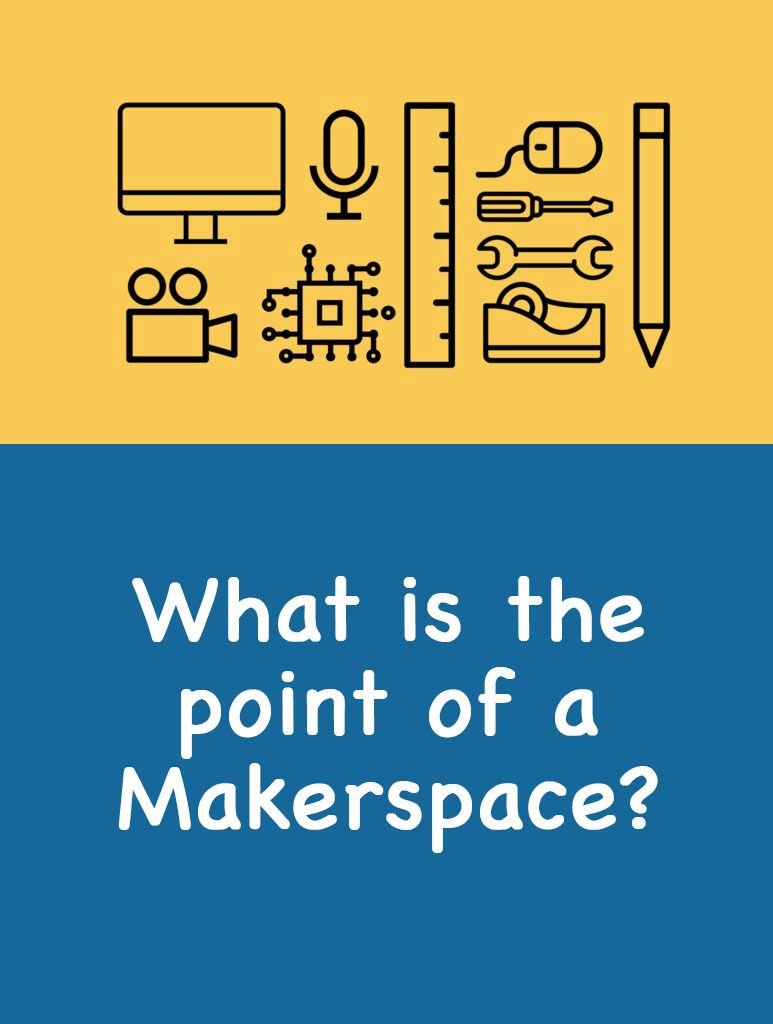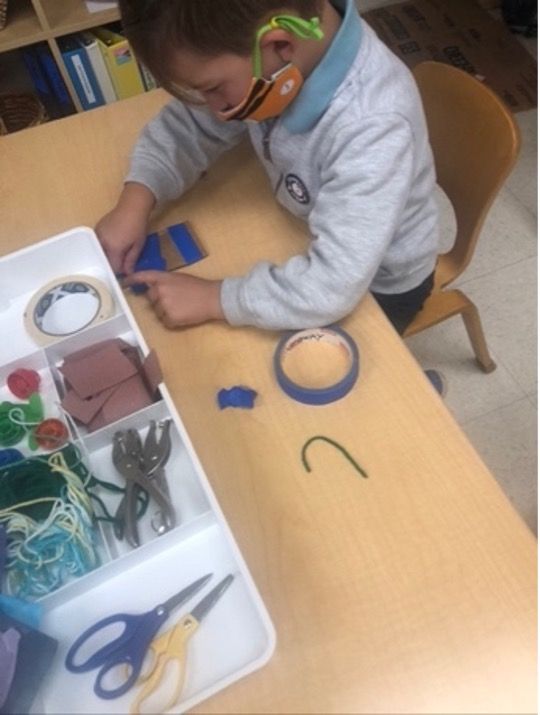Posts Tagged ‘stem’
Salmon Stocking Project
Renbrook’s Grade 5 Science Program actively participates in the Connecticut River Salmon Association Salmon-in-Schools Program. This valuable scientific and environmental learning project is enjoyed by children in schools across Connecticut. Students participate actively in all program phases, from rearing salmon eggs in the classroom to stocking rivers, and Renbrook is thrilled to be a part…
Read MoreFrom Caterpillar to Monarch Butterfly: A Magical Journey!
Ah, the Monarch Butterfly. Do you remember the awe and wonder of witnessing a caterpillar transform into a beautiful butterfly as a child? It’s a magical experience that captivates young minds. Junior Kindergarten students at Renbrook School are so lucky to benefit from the passion that their teacher, Robin Ellef, holds for these beautiful creatures.…
Read MoreALUMS IN ACTION: Morgan Caswell ’06, Manager of Air Quality Practices for the Port of Long Beach, CA
Renbrook alum, Morgan Caswell, Zoomed in to give seventh and eighth graders a window into how science and technology are at work to solve a complex environmental problem in Southern California. The students were riveted by her clear explanation of how she is coordinating the efforts of industry, government, science, and citizens to clean up some of the dirtiest air in the country. What was Morgan’s path to this critical job?
Read MoreScientific Thinking in the Seventh Grade
“SCIENCE: Because figuring things out is better than making stuff up.” This quotation from Neil Degrasse Tyson, is emblazoned on one of Howard Wright’s favorite T-shirts, and it sums up the core of scientific thinking. Evidence, tested and tried, is the basis of knowledge, not assumptions, hunches, or opinions. Skepticism, readiness to reconsider, and openness to new evidence are essential to scientific thinking, and our Upper School students live it every day.
Read MoreInquiry Based Learning
Olivia Goodrich, Upper School STEAM teacher, is all about inquiry-based learning. The process goes like this: start with a question; observe; gather data; generate more questions to guide further observation; continually revisit the same phenomenon to dig deeper; test your previous conclusions.
Read MoreDeveloping Scientific Thinkers in Lower School: Jessica Wawzyniecki
We asked Jessica Wawzyniecki, Lower School STEAM teacher, “How does scientific thinking develop over the course of Grades One through Four?”
Read MoreScientific Thinking from the Beginning
In the Beginning School, children are naturalists. Our 75-acre campus beckons them to explore the outdoors and the creatures, plants, and rocks they find there. They are taught to stop, pause, and look more closely. Our youngest students are not bound by a curriculum; they follow their own discoveries and observations. Their teachers build on the children’s own curiosity to lead them into the process of formal inquiry.
Read MoreHow Do Scientists Think?
For the next several weeks, follow us as we explore the notion of scientific thinking. What do we really mean by scientific thinking, and how does it inform our teaching and learning at Renbrook School?
Read MoreMaking: An Iterative Process Presents Opportunities for Learning
Making Spaces
When a child is presented with materials and given support with how to use new tools, there is no limit to what they might create. Last week Junior Kindergarten teachers, Mrs. DeConti and Miss Blenman, offered a new making tray at one of their table centers as morning work. Mrs. DeConti presented a hole puncher and showed the students how to use it. There was no model of what their work should look like, just room and space for open-ended exploration and construction. On hand were mini clipboards and paper for those friends that wanted to sketch out their ideas before executing them!
Read More